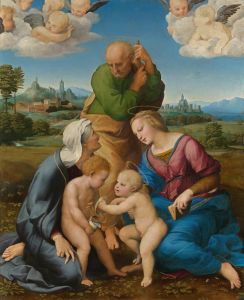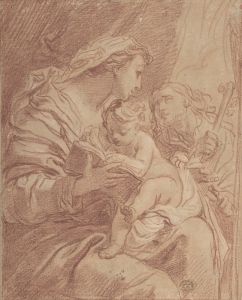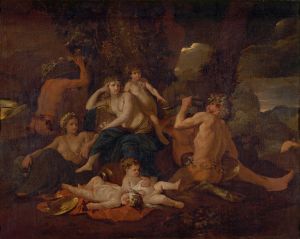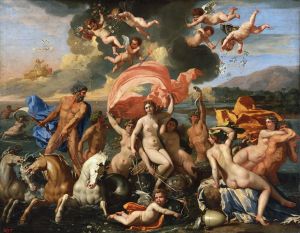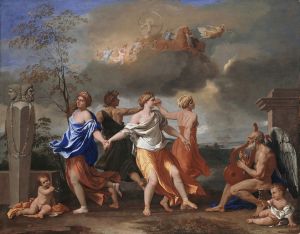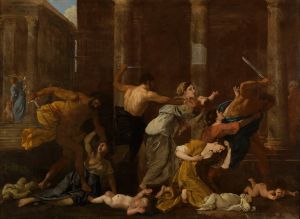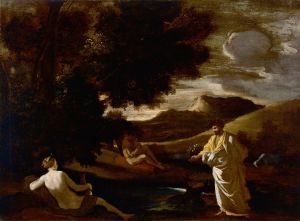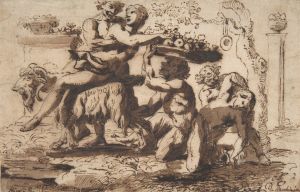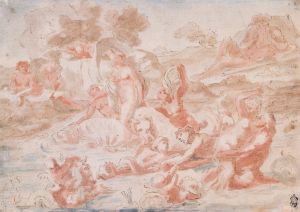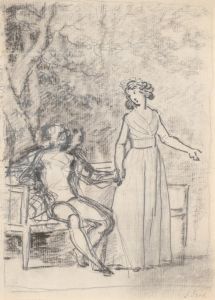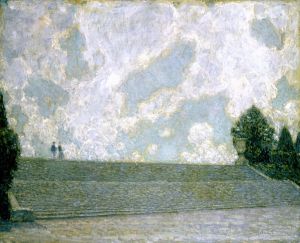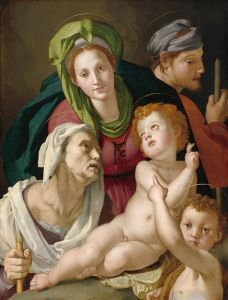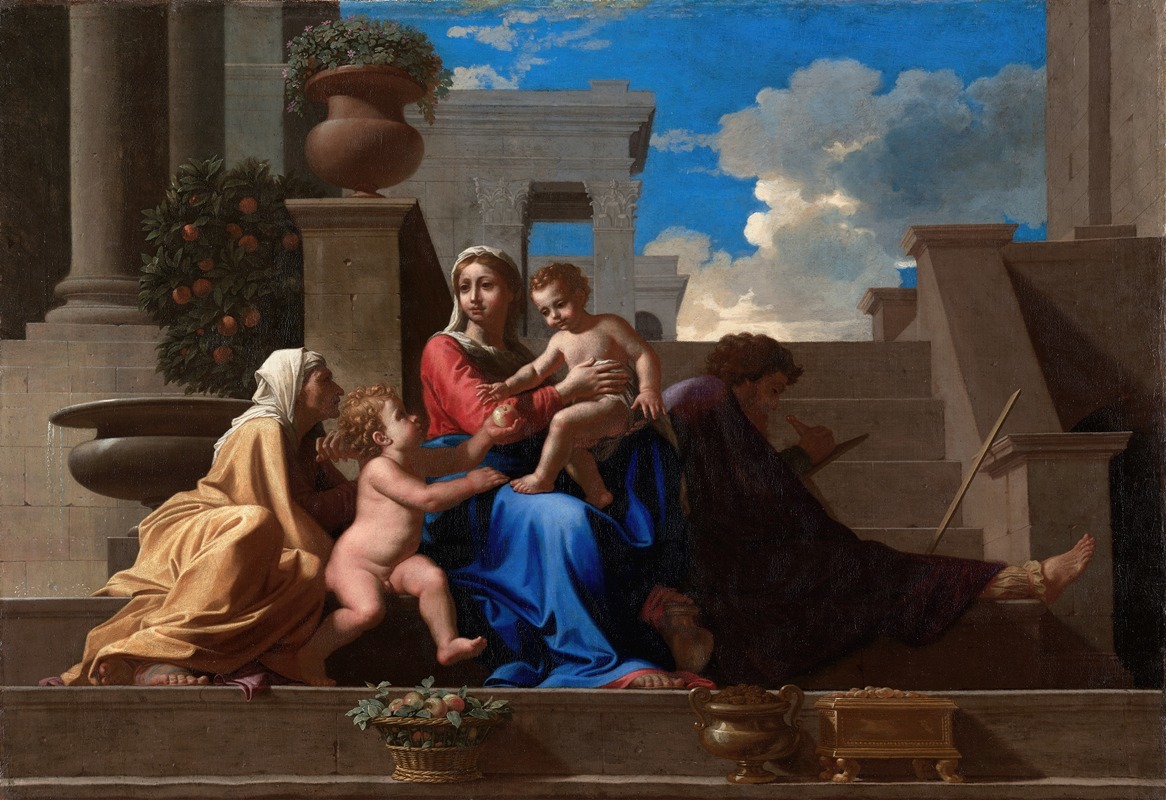
The Holy Family on the Steps
A hand-painted replica of Nicolas Poussin’s masterpiece The Holy Family on the Steps, meticulously crafted by professional artists to capture the true essence of the original. Each piece is created with museum-quality canvas and rare mineral pigments, carefully painted by experienced artists with delicate brushstrokes and rich, layered colors to perfectly recreate the texture of the original artwork. Unlike machine-printed reproductions, this hand-painted version brings the painting to life, infused with the artist’s emotions and skill in every stroke. Whether for personal collection or home decoration, it instantly elevates the artistic atmosphere of any space.
The Holy Family on the Steps is a painting by the French Baroque artist Nicolas Poussin, completed in 1648. The artwork is an oil on canvas and is currently housed in the Cleveland Museum of Art in Cleveland, Ohio, United States. It is considered one of Poussin's masterpieces and exemplifies his mature style, characterized by clarity, order, and classical composition.
The painting depicts the Holy Family—comprising the Virgin Mary, the Christ Child, and Saint Joseph—along with Saint Elizabeth and the infant Saint John the Baptist. The figures are arranged in a pyramidal composition, a hallmark of Poussin's work, which reflects his deep study of classical art and Renaissance principles. The setting is an architectural space with steps, lending the painting its title. The steps and the surrounding architecture evoke a sense of stability and timelessness, aligning with Poussin's interest in classical antiquity.
Poussin's use of color and light in The Holy Family on the Steps is deliberate and symbolic. The figures are illuminated with a soft, even light that enhances their sculptural quality, while the muted palette emphasizes harmony and balance. The Virgin Mary, seated at the center of the composition, is depicted with a serene and contemplative expression, holding the Christ Child on her lap. Saint Joseph stands to her left, while Saint Elizabeth and the infant Saint John the Baptist are positioned to her right. The interaction between the figures conveys a sense of familial intimacy and spiritual significance.
The painting reflects Poussin's intellectual approach to art, as he sought to convey moral and philosophical ideas through his work. The careful arrangement of the figures, the architectural setting, and the symbolic gestures all contribute to the painting's narrative and emotional impact. Poussin was deeply influenced by classical literature, history, and philosophy, and these influences are evident in the thoughtful composition and execution of The Holy Family on the Steps.
This artwork is an example of Poussin's dedication to the principles of the French Classical Baroque style, which emphasized rationality, order, and restraint. His work had a significant impact on later artists and art movements, particularly in France, where he was celebrated as a model of artistic excellence.
The Holy Family on the Steps remains an important piece in the study of 17th-century European art and continues to be admired for its technical mastery and intellectual depth.





